Overview
People will often experience some type of eye disorder during their lives. While many are minor and don’t require treatment, even small issues can affect your vision. If you’re concerned, seek the guidance of a licensed eye-care professional.
We’ve compiled several common eye disorders below—along with typical causes and treatments. This guide is educational; not all issues need medical care, but when in doubt, contact your provider.
Eyestrain
Eyestrain is very common and often occurs after prolonged reading, screen time, or driving. Symptoms can include tired or burning eyes. Rest usually helps; if discomfort persists for a few days, schedule an exam.
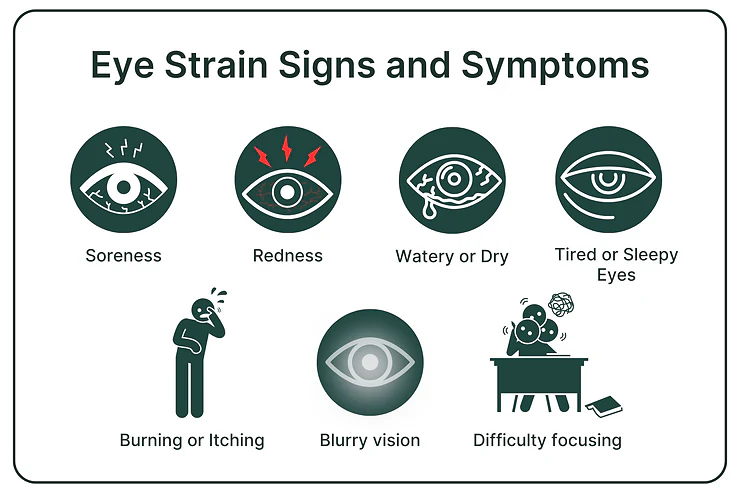
Eye Redness
Redness often results from irritation or inflammation of surface blood vessels—frequently due to irritants, allergies, or lack of sleep. Lubricating drops, rest, or allergy medications may help.
Redness can also signal conjunctivitis (pink eye) or sun damage; these should be evaluated by a professional.
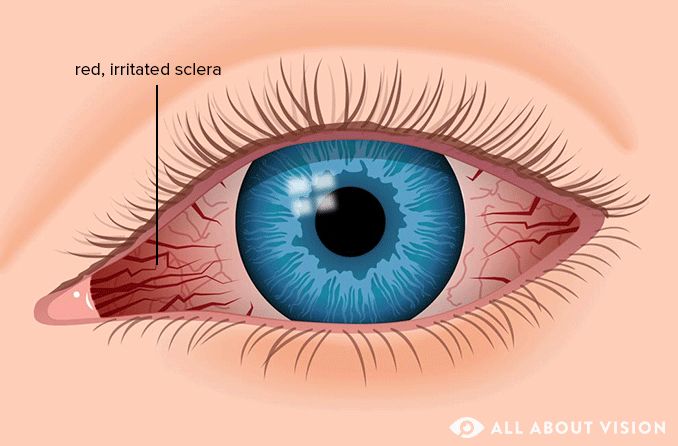
Night Blindness
Difficulty seeing in dim settings (e.g., movie theaters, night driving) has several causes. Some forms are congenital or due to retinal degeneration (not generally treatable), while others relate to nearsightedness, vitamin A deficiency, cataracts, or keratoconus—conditions that can be addressed by your doctor.

Strabismus (Crossed Eyes)
Strabismus occurs when the eyes don’t properly align. It isn’t self-correcting, but an optometrist may be able to help—book an evaluation to discuss options.
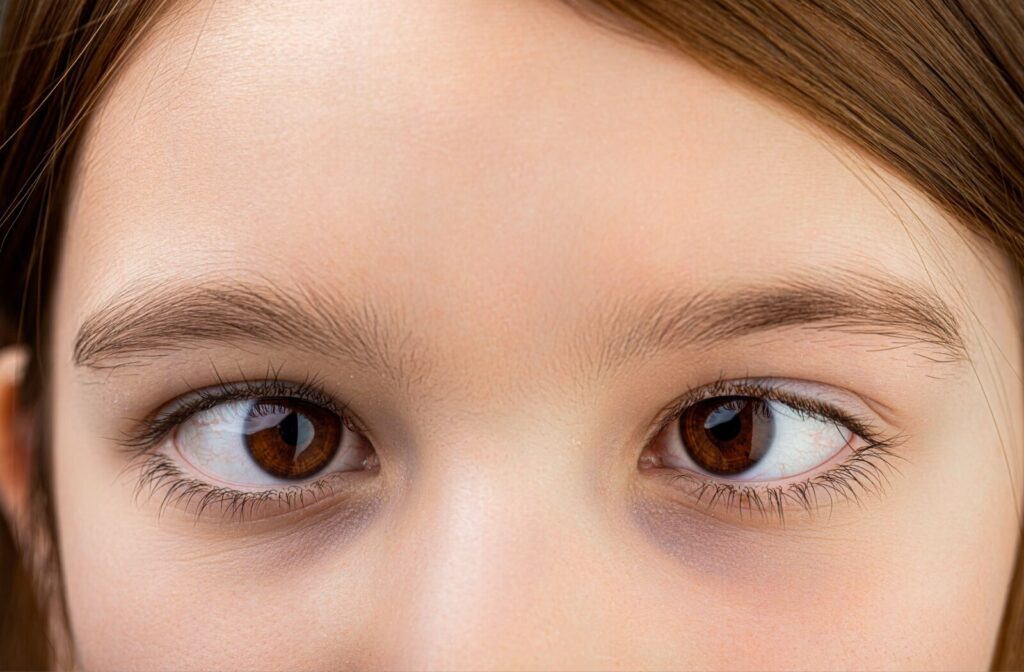
Nystagmus (Shaky Eyes)
Nystagmus is involuntary eye movement. Treatment varies: some patients benefit from vision therapy to strengthen coordination; others may require surgery. Your eye-care provider can advise the best path.
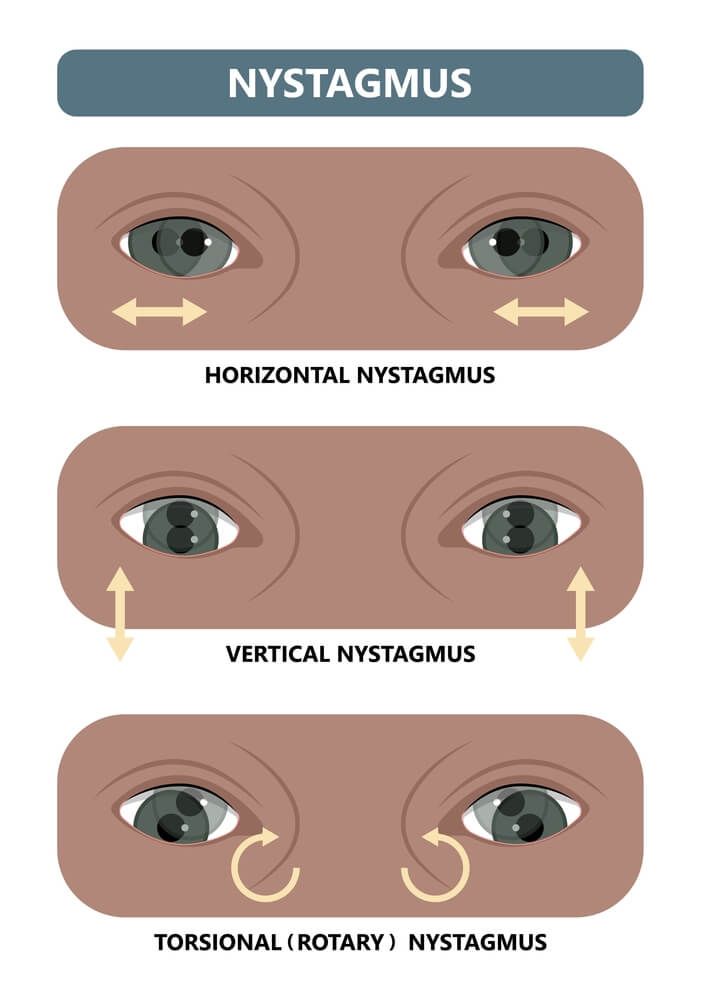
Colorblindness
Red-green color deficiency is most common, though other types affect different color ranges. The condition arises from missing or altered retinal cones. While there’s no cure, special glasses or contact lenses may improve color discrimination for some people.
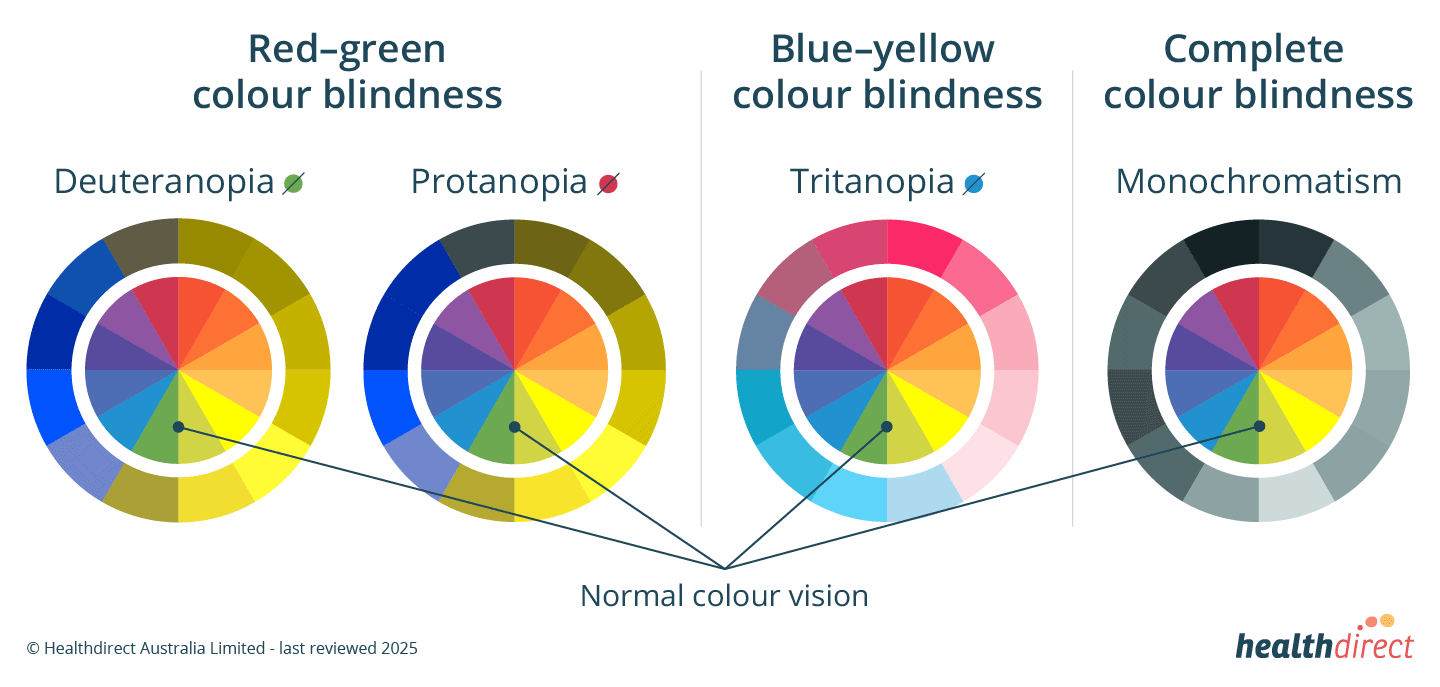
Uveitis
Uveitis is inflammation of the uvea (middle layer of the eye). Causes can include autoimmune or systemic conditions (e.g., rheumatoid arthritis, ulcerative colitis) or infections. Light sensitivity, blurred vision, eye pain, and persistent redness warrant prompt evaluation.
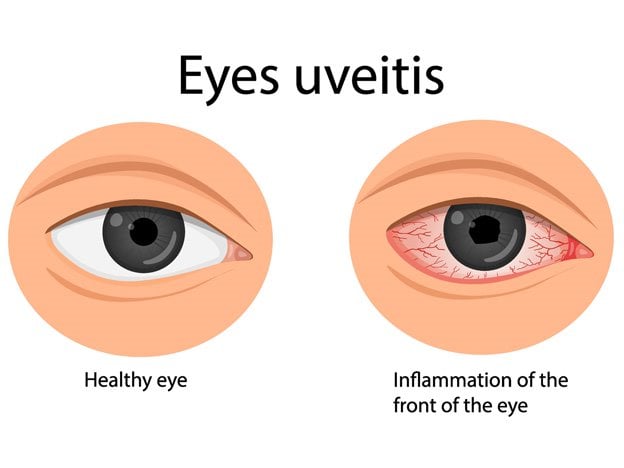
When to get help
Eyes are delicate, and small injuries can have lasting effects. If something feels off—get checked. Annual comprehensive exams also help catch issues early so you get appropriate care sooner.